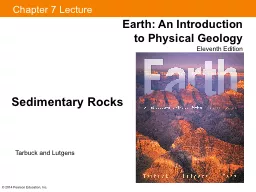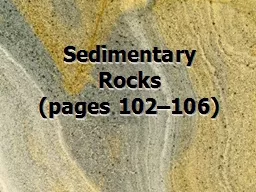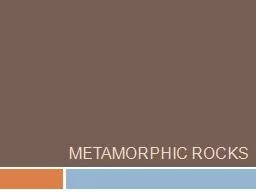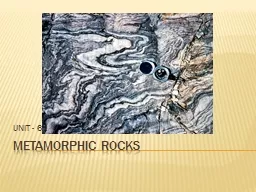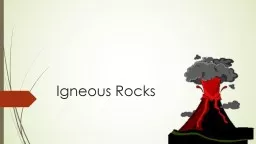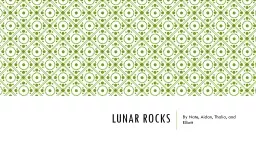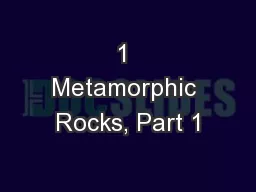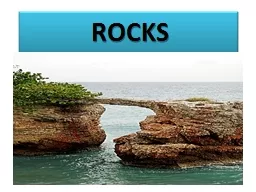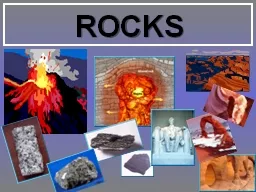PPT-ROCKS ROCK! Sandra Bright
Author : mila-milly | Published Date : 2023-09-20
Course 75T01 brightshartwickedu Rocks Theyre everywhere On the ground in the ground Different sizes different shapes different colors different textures What exactly
Presentation Embed Code
Download Presentation
Download Presentation The PPT/PDF document "ROCKS ROCK! Sandra Bright" is the property of its rightful owner. Permission is granted to download and print the materials on this website for personal, non-commercial use only, and to display it on your personal computer provided you do not modify the materials and that you retain all copyright notices contained in the materials. By downloading content from our website, you accept the terms of this agreement.
ROCKS ROCK! Sandra Bright: Transcript
Download Rules Of Document
"ROCKS ROCK! Sandra Bright"The content belongs to its owner. You may download and print it for personal use, without modification, and keep all copyright notices. By downloading, you agree to these terms.
Related Documents


